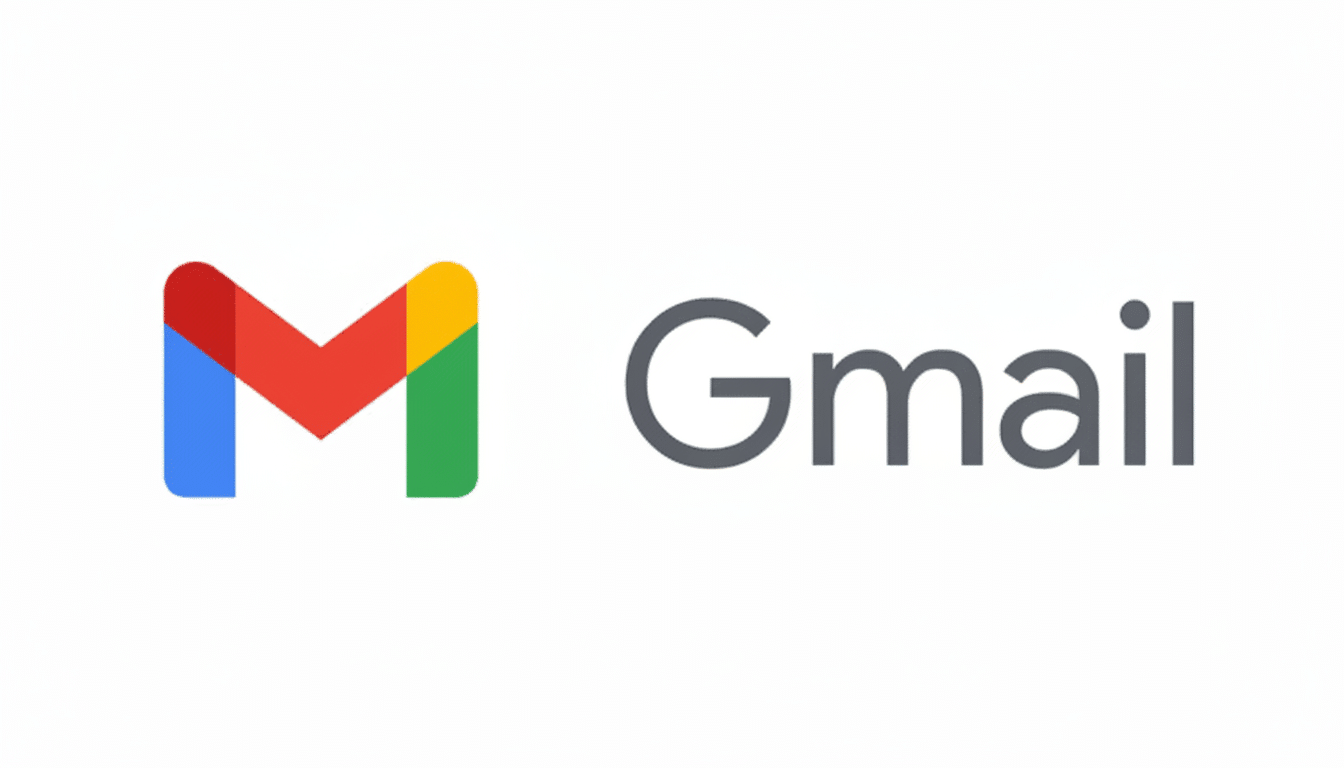Google is introducing a product for booking meeting slots that draws on the power of its computation tool Gemini and has planted itself in any place where people bargain over time — inside Gmail. The newly added Help me schedule feature looks at your availability and the context of the email thread to help you suggest sensible times to meet, which it can insert directly into your message. The recipient selects a time. Old-school: when the recipient chose a slot to meet, the invite would drop onto both calendars.
The tool, at debut, is geared toward one-on-one meetings. That more limited spectrum lets Gemini use language cues in the email, like “30 minutes next week” or “sometime before end of day,” to filter down to exact slots that correspond with your availability without the typical back-and-forth.
- How Gemini suggests meeting times directly in Gmail
- How it differs from traditional booking link scheduling
- Early limitations and practical caveats for this release
- Why this matters for busy teams and knowledge workers
- Related Google Workspace tweaks and task integration
- What to watch next as Gemini expands scheduling

How Gemini suggests meeting times directly in Gmail
When you are drafting a reply, there will be a Help me schedule button under the draft. Clicking that pops up a list of suggested windows, based on your Google Calendar availability and the language in the thread. If the thread alludes to a half-hour chat, Gemini favors 30-minute time slots; if it’s prompting urgency in some way, it prefers earlier openings.
You can massage the list before sending — remove times you don’t like, tweak lengths and add alternates — and then paste your picks into your email. One of those times is selected by the recipient, and a calendar event is created automatically on both ends with all the details. It’s the same workflow, just enhanced with AI and native to Workspace.
Since the assistant draws on your current calendar, it knows work hours and busy slots you already have. Crucially, the details of private events aren’t revealed: recipients only see the suggested options and not anything that’s behind your block of time.
How it differs from traditional booking link scheduling
Many scheduling tools already exist — Calendly, Doodle, Zoom’s scheduling assistant and HubSpot’s meeting links to name a few. Those services usually require sharing a link to a booking page. Gemini’s turn is conversational and inline: it’s proposing some times in this email you were already writing, rather than context switching to an external site.
In practice, that tiny change matters. Some people just ignore or bounce on booking links, and a short list of proposed slots often garners faster responses. For companies that are standardized on Google Workspace — Google has reported billions of consumers and businesses use Gmail and Calendar — the native approach also decreases setup overhead and data sprawl across third-party tools.
Another differentiator is context awareness. And since Gemini can understand the intent of that email, it filters better on length and date ranges than does a static availability page. Negotiating a follow-up the same week simply won’t clog up the thread with dozens of options.
Early limitations and practical caveats for this release
It is not a group scheduler — not yet. If you need to schedule across a group of attendees, or send around some polls to gather input from your team, you’ll still rely on Calendar’s existing features — or a dedicated tool. The assistant doesn’t magically counteract calendar hygiene: if your schedule is wrong, or you haven’t configured working hours and time zones, its recommendations will reflect that.

Like any AI function, it comes with a human-in-the-loop assumption. You can and should edit suggestions before you hit send, particularly for high-stakes meetings. Google has repeatedly highlighted its AI Principles and enterprise controls for Workspace, and existing Calendar permissions remain in force. The model indicates times; you’re the final arbiter.
Why this matters for busy teams and knowledge workers
Scheduling is deceptively costly. Analyst research and workplace studies consistently point to coordination overhead as a drag on knowledge work, with meeting setup and email ping-pong stealing minutes from real work. Microsoft’s Work Trend Index, for instance, has pointed to a significant proportion of time wasted on communication logistics.
In visible terms, imagine an account executive in pursuit of a follow-up demo: instead of a game of jump rope, from booking link to wholly independent availability tool, they can reply in-thread with three AI-curated options that match the prospect’s ask.
That, or a product manager working across time zones might easily suggest a few windows that span over lunch but don’t require math to calculate. Fewer steps means fewer drop-offs.
The step also allows Google to remain competitive with productivity rivals. Microsoft has been incorporating Copilot into Outlook to help people prepare for meetings and schedule them, and stand-alone tools are still pushing the envelope. Gemini’s built-in presence in Gmail and Calendar makes scheduling help available to hundreds of millions of daily email users.
Related Google Workspace tweaks and task integration
In addition, with the introduction of a new scheduling helper, Google is streamlining its to-do ecosystem by transitioning Google Keep reminders into Google Tasks. For users of Calendar, it means less bouncing around from place to place to see what you’re committed to, and a cleaner transition from note and reminder into scheduled time.
What to watch next as Gemini expands scheduling
Look for that focus to now shift over to group scheduling and resource booking, and some cross-app integration at a deeper level. You can almost see Gemini suggesting times, inserting an agenda from Docs and adding conferencing details in one fell swoop. The victory is simple, for now: a faster, more organic way to turn an email into a confirmed meeting with the calendar doing the clerical legwork instead of you.

